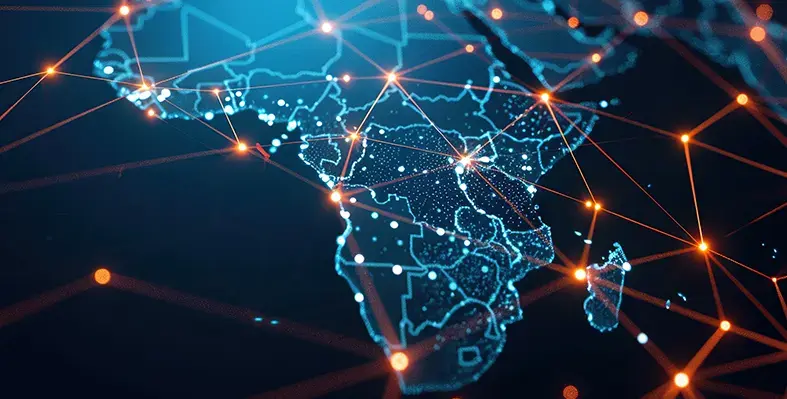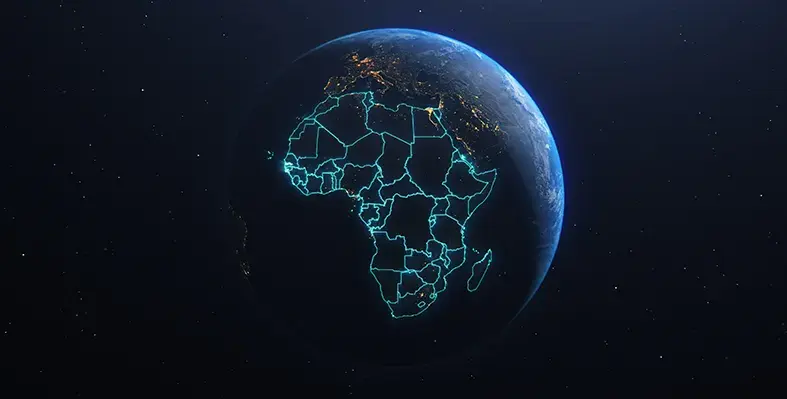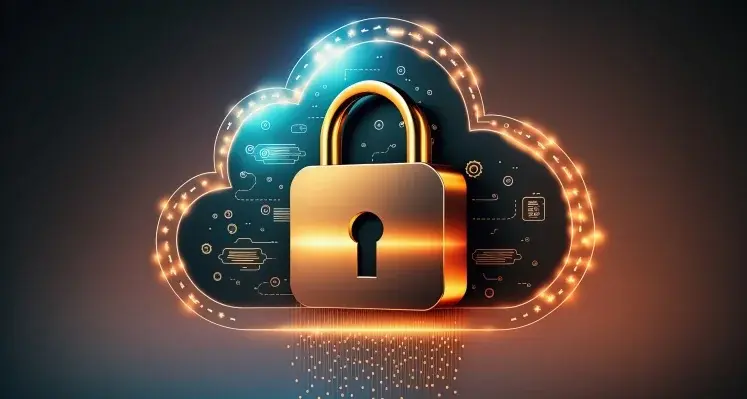The level of service and support a customer receives from a contact centre
has become an important gauge of a companys commitment to service
has become an important gauge of a companys commitment to service
excellence.
excellence.
However, those calling into an emergency contact centre expect
nothing but the very best in terms of response times, agent expertise and
information accuracy. In many cases, lives depend on it. The technology
used in emergency contact centres - systems, applications and services - is
vital.
Says Paul Fick, MD of Spescom DataFusion, a leading provider of contact
centre solutions to emergency service operators: "While corporate contact
centres can accept a certain amount of abandoned calls and errors in
handling customers (they can always call the client back), in an emergency
contact centre this could cost lives. Here, the communications
infrastructure is mission critical and a high level of efficiency is
paramount, adherence to stringent service levels and a consistently high
level of performance is expected. In addition, a recording of every call
needs to be available for audit purposes so that in case of a legal dispute
or wrongful death, the actions of the contact centre staff - and other
emergency services - can be assessed. This calls for ongoing assessment,
monitoring and optimization of systems, processes and staff."
Infrastructure
Unlike corporate contact centres that are able to offer acceptable levels of
service over conventional communication infrastructure, emergency contact
centres have broader requirements. They not only need to be easily
accessible to callers but, to offer optimal services, they need to be able
to reliably communicate with police, ambulance and medical services.
Says Fick: "Depending on the location of emergency service personnel - in
the field at the site of the emergency, or travelling in a vehicle, or in
geographically remote areas, at a hospital, etc - incoming calls may be via
radio, GSM, microwave, wireless, Internet, VoIP or analogue telephony
technologies. The underlying systems in an emergency contact centre are thus
very important, as is the backup infrastructure.
"These organizations need to ensure they have the breadth of connectivity
needed as well as very high (99.999% available) guaranteed levels of
reliability on a 24x7 basis." They also need to be able to scale up their
operation very quickly in case of national natural disasters (e.g.,
flooding, fires) or for peak periods such as holiday seasons when accidents
increase. And specialized technologies and services must be catered for," he
adds.
Fick explains: "A good example is a service that uses Geographic Information
Systems (GIS) and the Geographic Positioning Systems (GPS) of cellular
telephones to enable the exact location of the caller. This enables the
response time to be quicker by speeding up the allocation of emergency
services vehicles to the required location and therefore resulting in a
faster coordination of assistance."
Process and agent optimisation
Relying on a world class contact centre technology platform is an essential
first step for any contact centre organisation hoping to meet high
standards. Says Fick: "Proven solutions, such as Avaya's platforms, are
feature rich and extremely scalable. They are also highly available and
reliable, and incorporate extensive redundancy. They can simplify and
improve routing and management of interactions across all communication
channels, as well as provide real-time and historical reporting, data
management, a customer interaction repository and a Web reporting framework.
In addition, these solutions are built on open standards, allowing for
integration with third-party applications and technologies which provide
specialised add-on functionality. For example, with the Avaya system it is
relatively easy to integrate a disaster management system with the contact
centre front-end to enable display of available emergency response vehicles
and their status relative to the location of a caller who needs assistance."
But all the technology in the world is useless if agents do not receive
adequate training, he notes. "Agents in an emergency contact centre need to
be able to meet the needs of all callers," says Fick, "you don't want to
listen to an Interactive Voice Response menu or be put on hold while the
agent tries to find someone to assist you. However, to ensure consistently
high service levels, the performance of agents must be monitored and fair
assessments must be followed by effective remedial actions. Making use of
proven workforce optimisation solutions can assist."
Assessment of agents relies on recording of interactions with clients.
However, those recordings are also crucial in instances where the law is
involved.
Legal right
Says Fick: "Recording of interactions between the caller and the agent are
standard requirements in corporate contact centres. In emergency contact
centres, however, it can become complex as the agent will interact with any
number of emergency personnel in the field, as well as reference various
applications to coordinate assistance to the caller. Screen and voice
recording technologies are thus necessary to gain a full overview of exactly
what happened in every instance and be able to assess why certain decisions
were made, and what real response times were in each case. The entire
scenario from origination to resolution needs to be recreated for this
purpose.
"Spescom DataFusion has significant experience in the enablement of contact
centres for corporates and emergency services, giving us considerable
insight into how to optimize overall performance. With strong partnerships
including world class call centre platform providers such as Avaya, award
winning proprietary recording (DataVoice Libra screen and voice recording
technologies) and workforce optimization software (Qnique), backed by a team
of dedicated experts, we have the capability and means to resolve key
challenges in this realm."






















